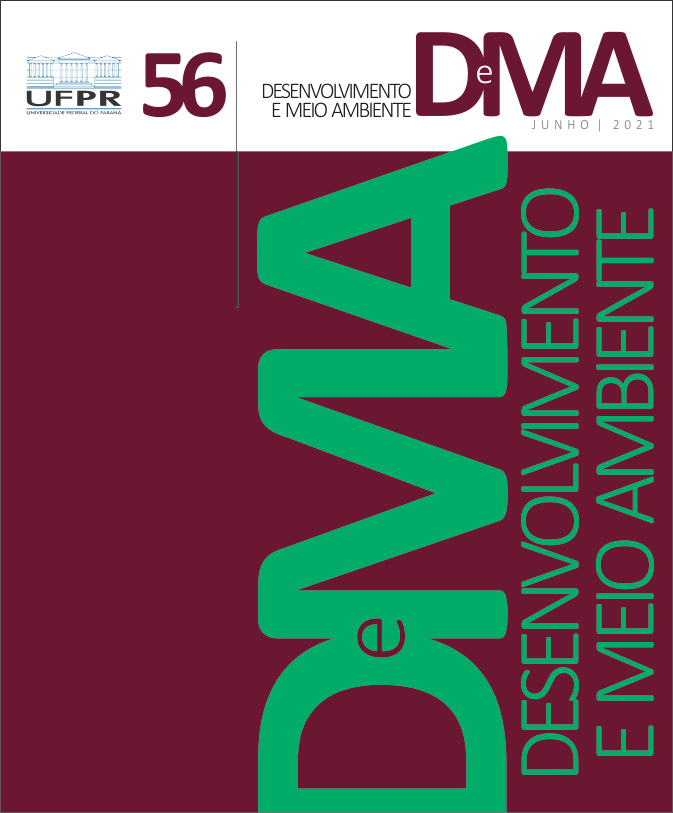Panorama of environmental management in micro and small amazon companies
DOI:
https://doi.org/10.5380/dma.v56i0.65175Keywords:
environment, sustainability, AmazôniaAbstract
Even though they constitute 98.5% of the total number of companies in Brazil and generate more than half of the jobs in the country, there are few studies that address the environmental theme in the context of micro and small companies. In the State of Pará, these represent more than 90% of the enterprises and generate 40% of jobs in industry, 68% in commerce and 43% in the services sector. In order to broaden the debate on this topic, this study aims to understand how environmental management has been established in micro and small Amazonian companies, more specifically in the Metropolitan Region of Belém. For this purpose, a survey using the Likert Scale was carried out. The results obtained showed that the most ecologically correct practices adopted by companies in the Region are those aimed at reducing costs by decreasing the use of natural resources, such as water and electricity, and complying with environmental legislation as a way to avoid fines and embargoes on their activities by inspection bodies. In addition, the main factors that make or would make companies adopt good practices are also related to economic issues, among which: demand from the consumer market, cost reduction and non-payment of environmental fines. While among the main barriers found for adoption are: the lack of financial or government incentives, the high cost of implementing the practices and the lack of interest or demand from consumers.
Downloads
Published
How to Cite
Issue
Section
License
Copyright on works published in this journal rests with the author, with first publication rights for the journal. The content of published works is the sole responsibility of the authors. DMA is an open access journal and has adopted the Creative Commons Attribution 4.0 Not Adapted (CC-BY) license since January 2023. Therefore, when published by this journal, articles are free to share (copy and redistribute the material in any medium or format for any purpose, even commercial) and adapt (remix, transform, and create from the material for any purpose, even commercial). You must give appropriate credit, provide a link to the license and indicate if changes have been made.
The contents published by DMA from v. 53, 2020 to v. 60, 2022 are protected by the Creative Commons Attribution-NonCommercial-NoDerivatives 4.0 International license.
DMA has been an open access journal since its creation, however, from v.1 of 2000 to v. 52 of 2019, the journal did not adopt a Creative Commons license and therefore the type of license is not indicated on the first page of the articles.




